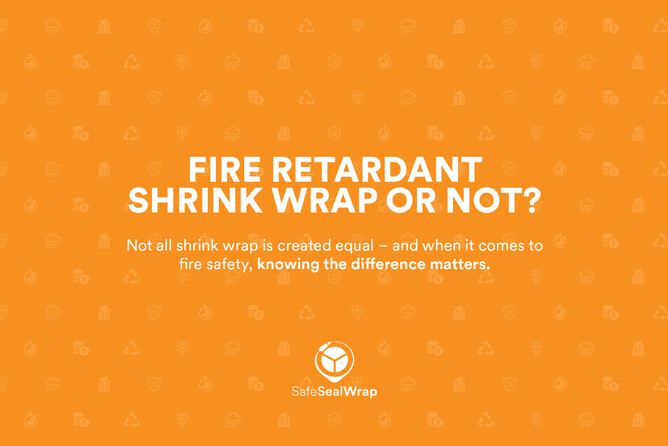When it comes to choosing the right shrink wrap for your job, one of the most important decisions is whether to go for Fire Retardant (FR) or Non-Fire Retardant (Non-FR) material. Both serve key purposes in construction and containment, but knowing which one to use – and when – can make all the difference in safety, compliance, and cost.
Let’s break it down.
Fire Retardant Shrink Wrap – What’s it Good For?
Fire Retardant shrink wrap is made with flame-resistant additives that slow or prevent the spread of fire. It’s designed to meet specific fire safety standards, often required by regulatory bodies or certain project specs.
Use Fire Retardant shrink wrap when:
You're working on high-risk or high-traffic sites (think city centres, industrial facilities, or airports).
The job is indoors or in confined spaces, where fire safety is a top concern.
You're handling hazardous materials like asbestos or lead – extra layers of safety are crucial.
It’s specified by the client or engineer (often in government, defence, or commercial work).
You need to comply with Health & Safety or building codes that require fire-rated materials.
Industries that often require Fire Retardant wrap:
Construction and demolition
Infrastructure maintenance
Defence
Shipbuilding and marine
Environmental containment
What About Non-Fire Retardant Shrink Wrap?
Non-Fire Retardant shrink wrap is your standard, high-performance shrink film. It’s still strong, weatherproof, and ideal for many outdoor and general use applications – just without the fire-slowing additives.
Use Non-FR shrink wrap when:
You’re working on open, outdoor projects with low fire risk.
The wrap is used for weather protection only, such as temporary roofing, windbreaks or scaffold enclosures.
You’re covering equipment or materials for transport or storage.
Fire risk is minimal, and no compliance issues are involved.
It’s also more cost-effective, which can help stretch the budget when FR isn’t necessary.
So, Which One Should You Choose?
It really comes down to site risk, safety requirements, and project specs. If fire is a concern – or might be flagged by the client or council – it’s always best to go with Fire Retardant.
But if you’re wrapping a scaffold on a rural build, protecting materials from the weather, or doing general containment work where fire isn’t an issue, Non-Fire Retardant is a great, budget-friendly option.
Need Help Choosing?
Safe Seal supplies both Fire Retardant and Non-Fire Retardant shrink wrap in a range of sizes and thicknesses – and we’re always happy to help you figure out which one’s best for your job.



